News
Find out the latest news and developments from across our business, projects and markets

All
Blog(9)
Company news(3)
Press release(5)
-
23.04.2025
EcoSecurities and ESB Launch ‘Indonesia Sustainable Ride’ Program to Promote Electric Vehicle Uptake and CO2 Emission Reductions

-
05.11.2024
Join our network of experts for Nature-Based Solutions in Brazil
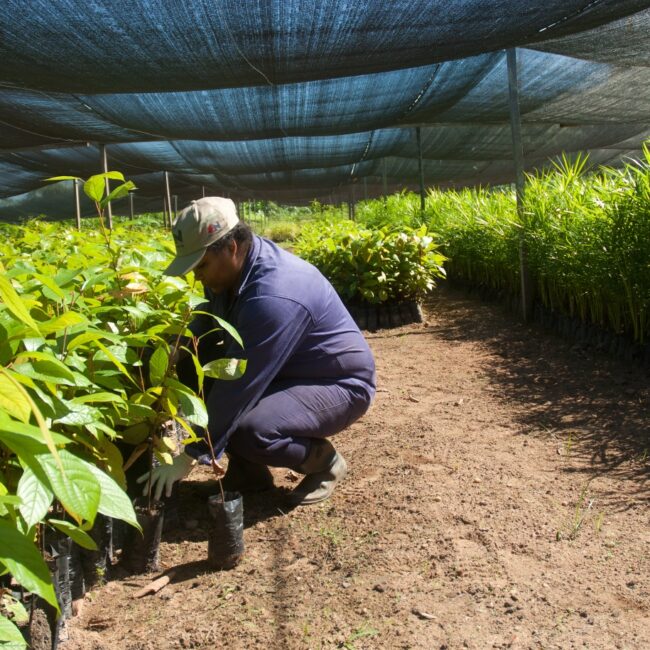
-
30.09.2024
EcoSecurities Launches New Brand
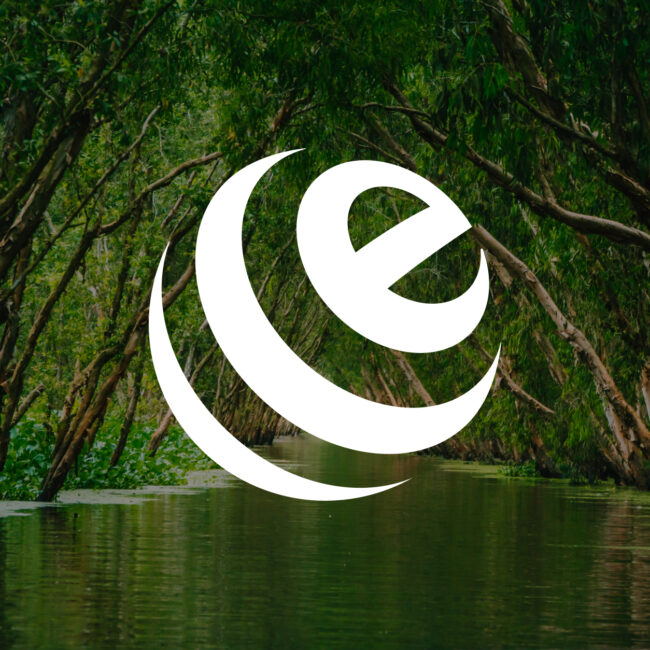
-
25.09.2024
EcoSecurities and KEPSA Announce Strategic Partnership

-
23.09.2024
EcoSecurities Wins 3 Categories in this Year’s Environmental Finance Voluntary Carbon Market Awards

-
30.07.2024
The canary in the coalmine moment for SBTi

-
30.07.2024
Accelerating Clean Energy Access in Africa by Unlocking the Catalysing Potential of Carbon Finance

-
16.07.2024
Carbon credits a ‘catalyst’ for climate action, not just a method to offset emissions

-
06.07.2024
To avoid or not to avoid?
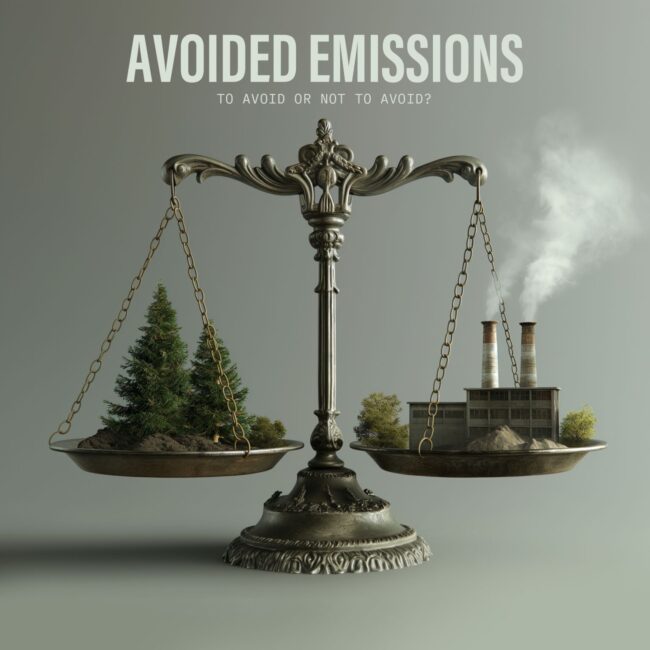
-
05.07.2024
Can international climate sources and carbon markets work cooperatively to scale private sector capital? Yes, they can.
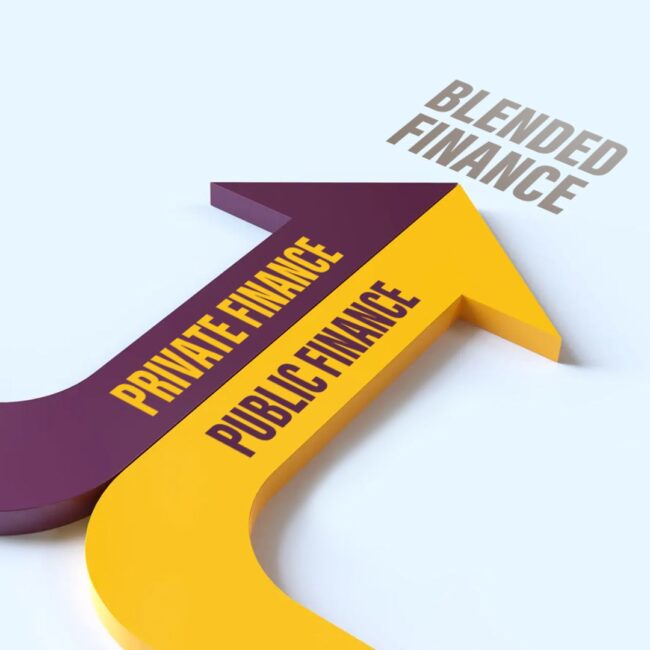
-
27.06.2024
COP29, Delivering on Climate Finance
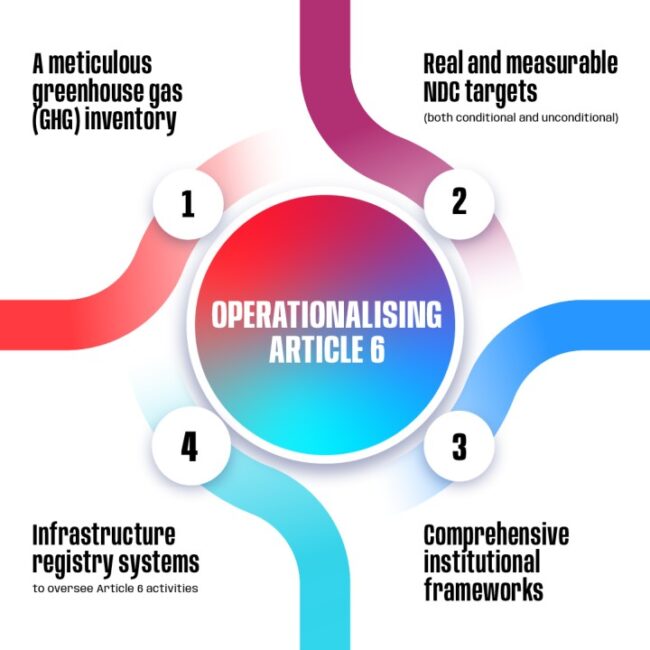
-
14.05.2024
2024 Summit on Clean Cooking in Africa: Challenges and Opportunities

-
14.03.2024
RGWE and EcoSecurities Register 260 MW Wind Energy Project in Egypt
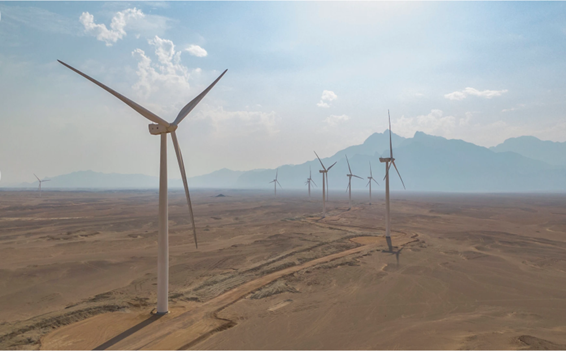
-
08.03.2024
EcoSecurities and the Ministry of Environment & Sustainable Development in Paraguay forge new strategic collaboration
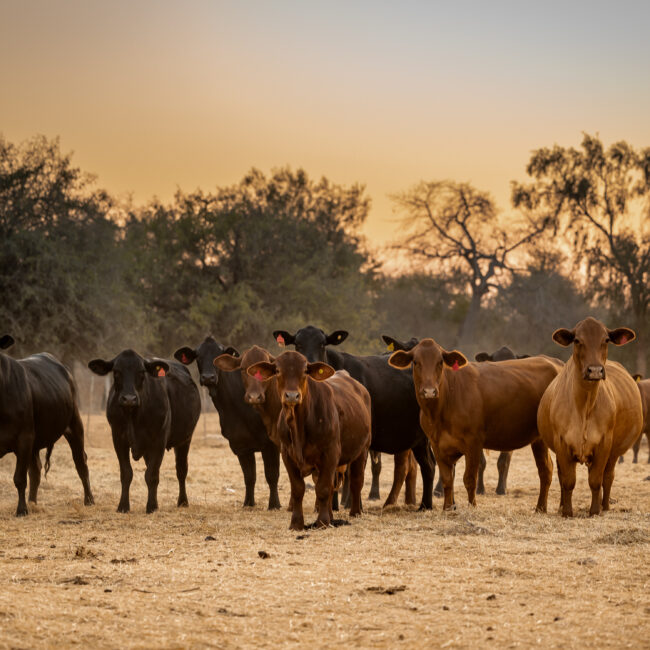
-
08.03.2024
Celebrating International Women’s Day at EcoSecurities
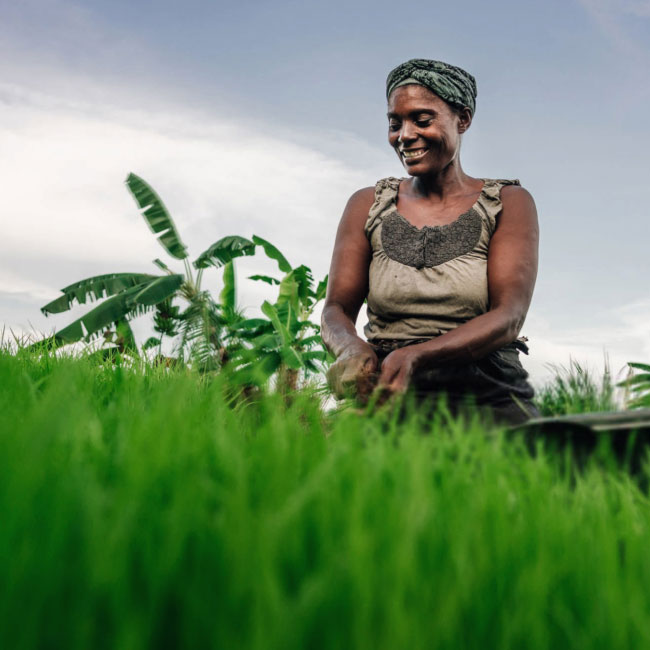
-
06.03.2024
EcoSecurities and Chemsain agree strategic partnership to rapidly advance decarbonisation in Malaysia
